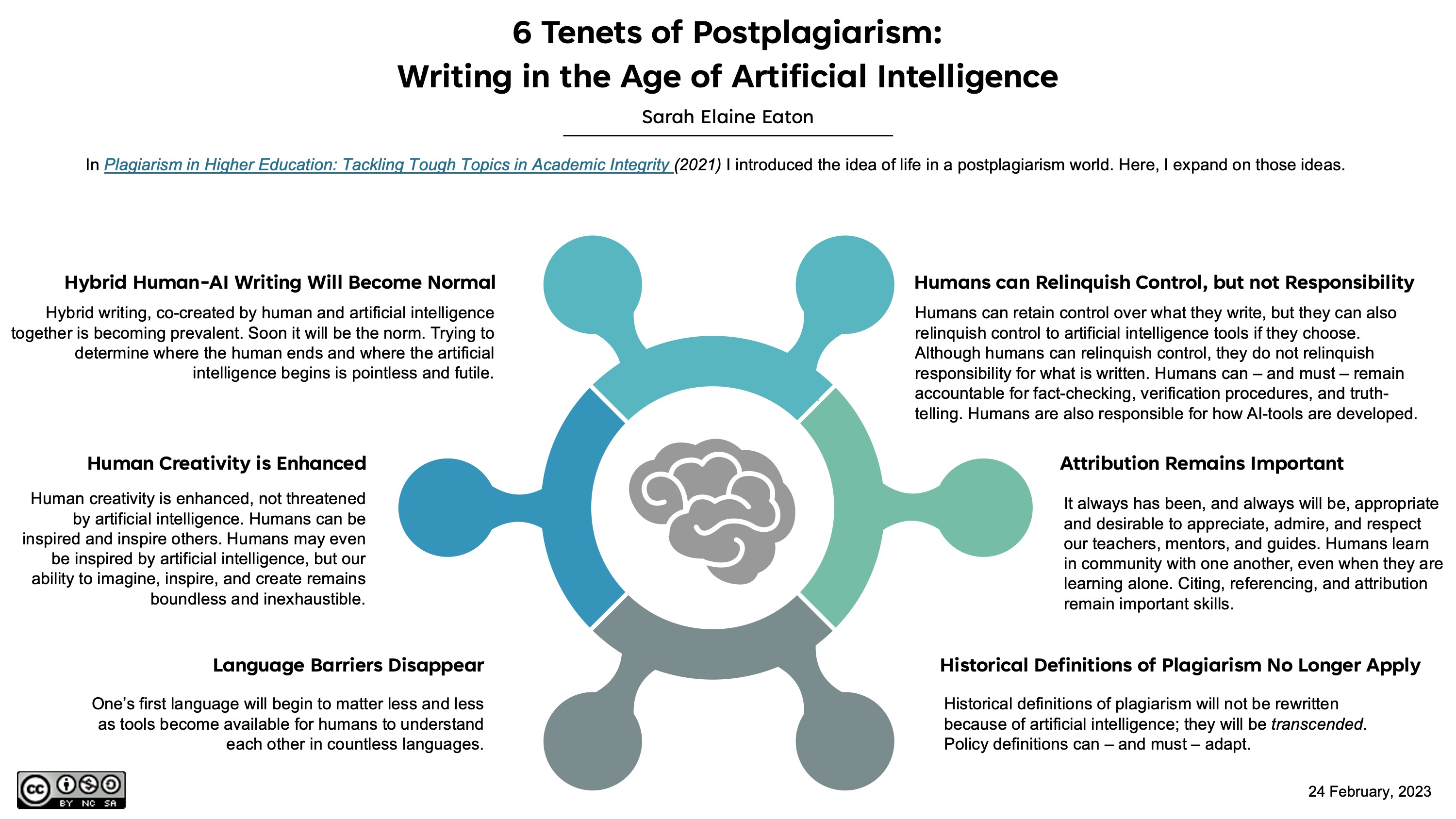3.3 Test a Variety of AI detectors
Objective:
How reliable are AI detectors and how should we rate their effectiveness? Let’s test various AI text detection systems to see how well they perform and also see how much editing it takes to fool them. We’ll also explore the implications of AI-generated text for academic integrity and the concept of "Postplagiarism.”
AI Detection Systems:
Testing AI Detectors:
You can write short text yourself, prompt ChatGPT to output text, or use the Constitution of the United States (sections 1-2) to test a detector. The detectors will likely pick up on some of the AI output and likewise misidentify human text. Consider modifying what you wrote to see how much is needed to fool a detector.
Complicating matters, a number of apps are advertising that they can ensure an AI generation passes detection. You can also explore how some of these function (or don’t function!)
Analysis:
After testing the detectors, discuss with your group about what you’ve found. Here are some guiding questions:
Assess the reliability of the detectors. How accurately could they distinguish between AI-generated text and human-written content?
Discuss your process of attempting to trick the detectors. How much content alteration was necessary before the detectors were fooled?
If you suspected a student of using unauthorized AI-generated content, how would you approach this conversation? What questions would you ask them?
Consider the balance between trust in students and the preservation of academic integrity in the era of AI. How should educators navigate this situation?
Have We Entered a Postplagiarism Era:
Sarah Eaton proposed that we've entered an era of Postplagiarism. Review her infographic and consider the six tenets she outlines. Do you believe AI transcends the traditional definition for plagiarism?
